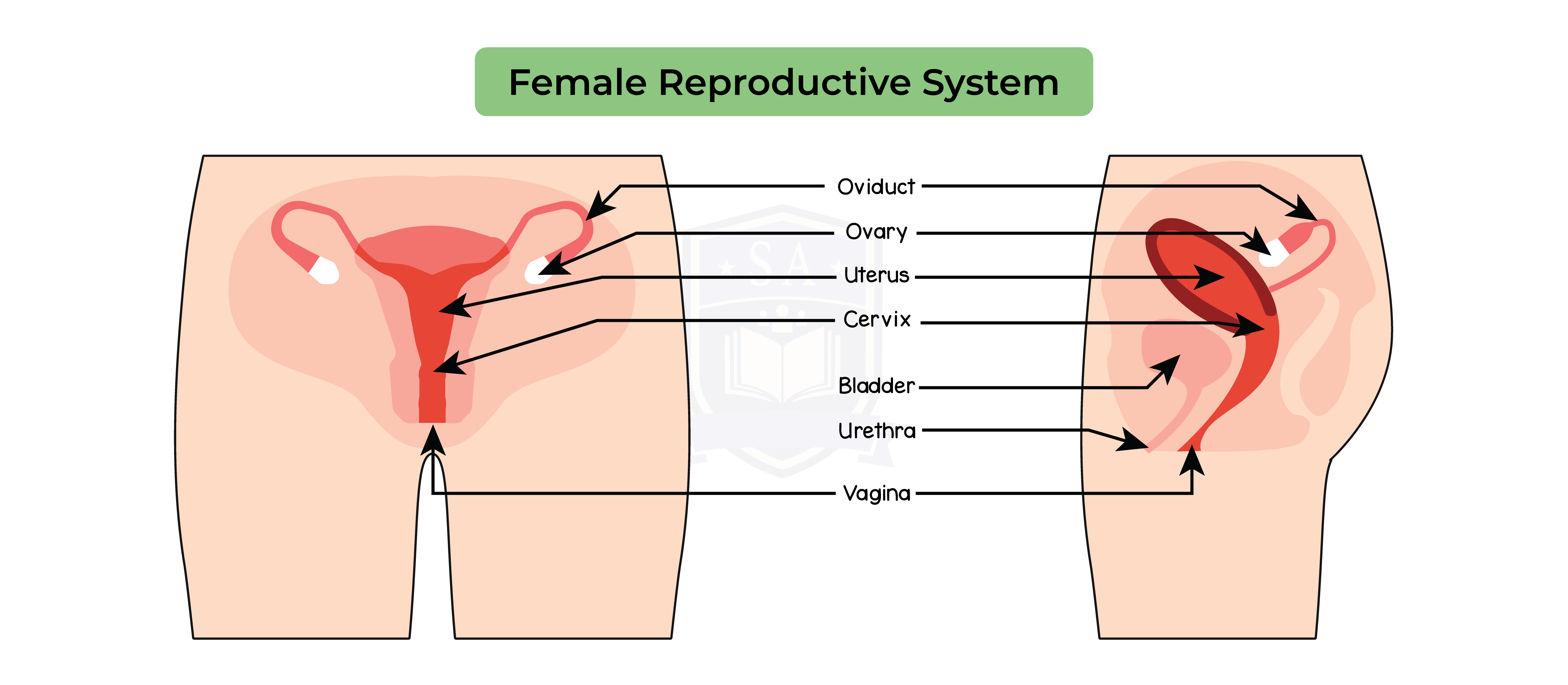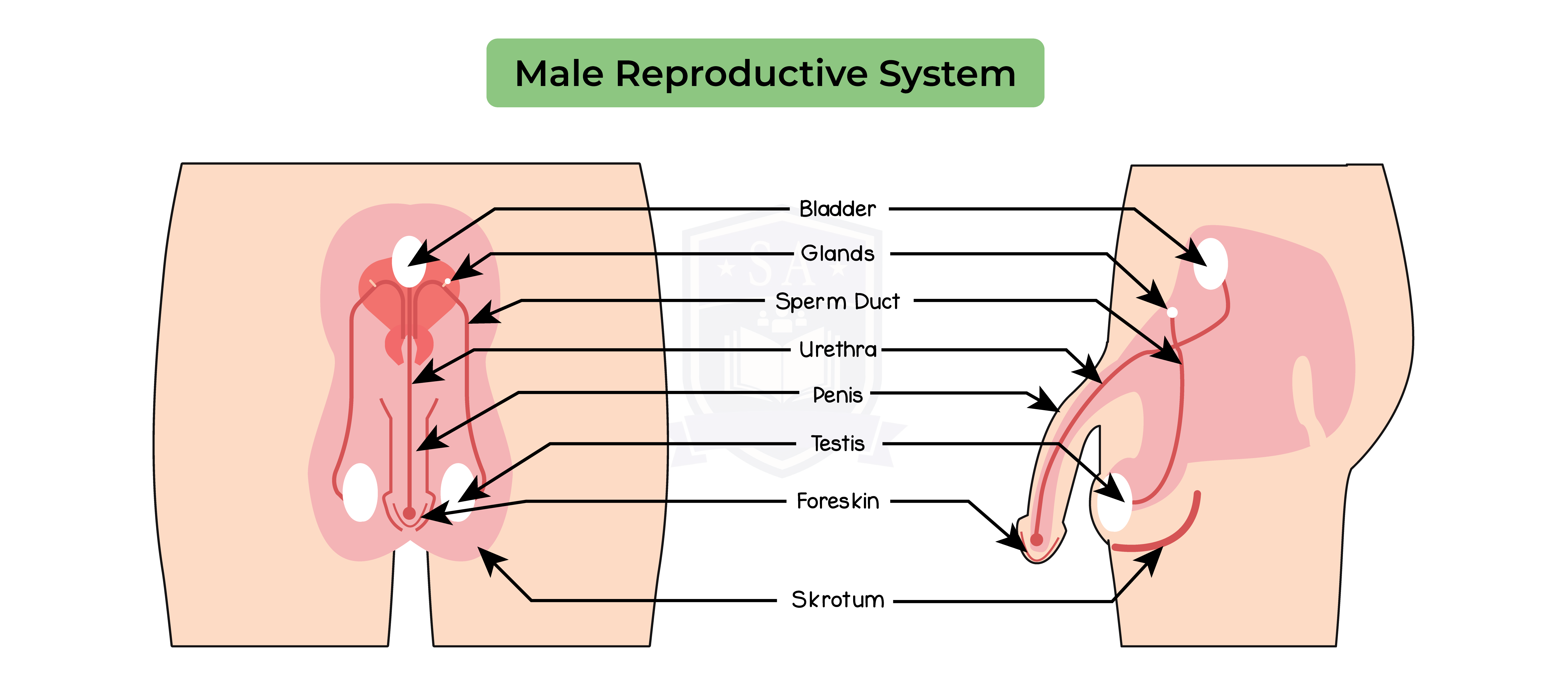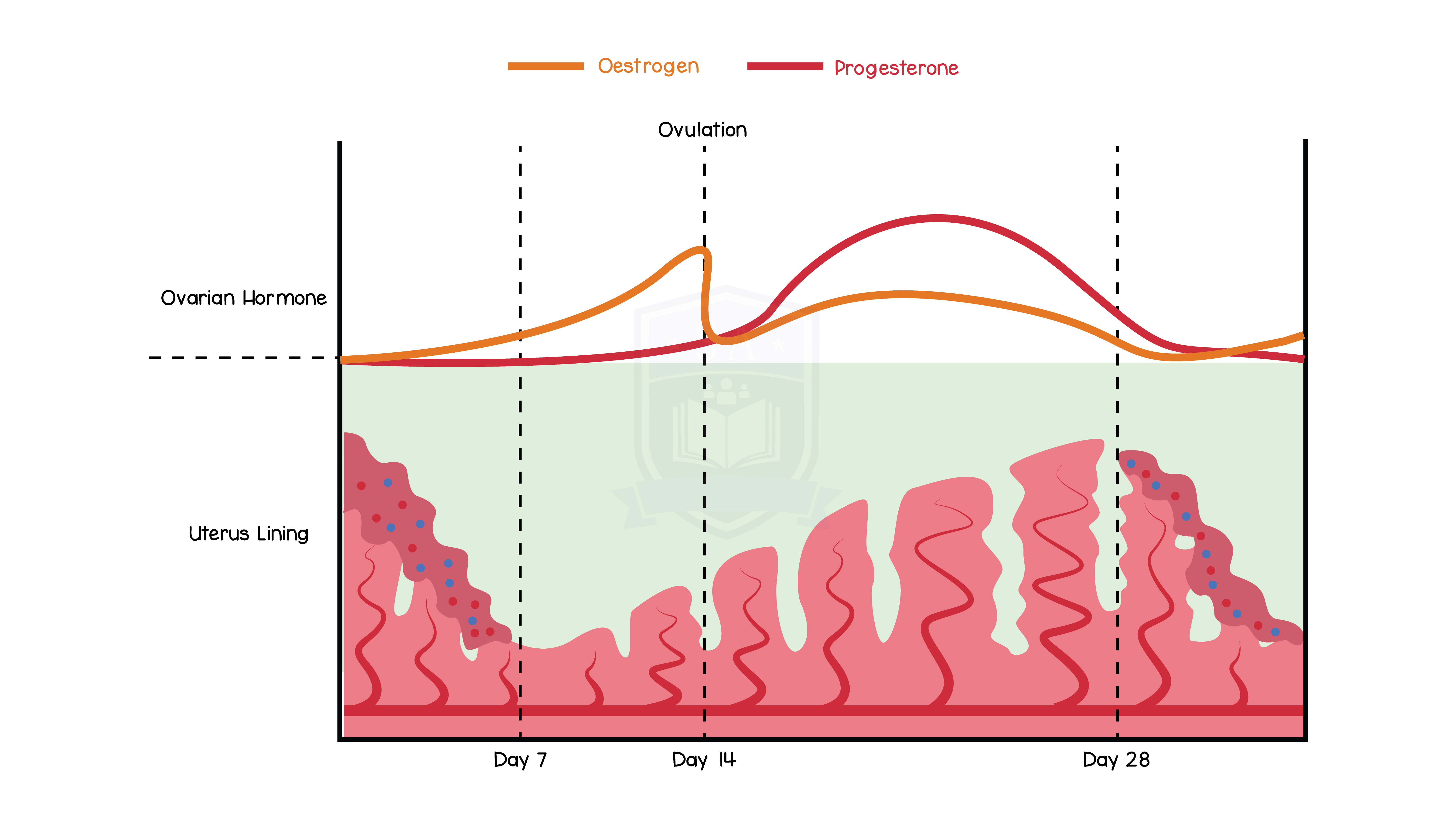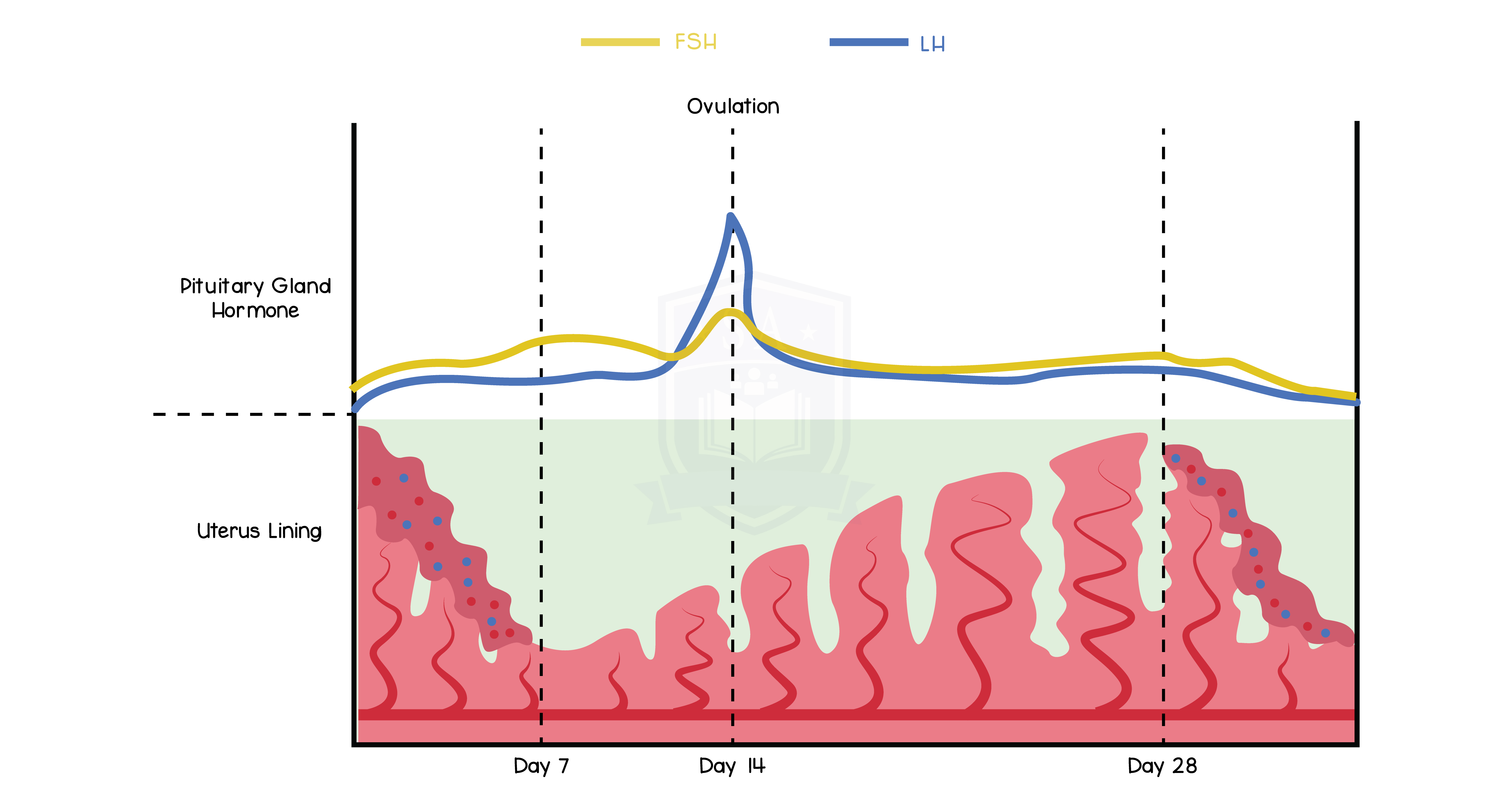REVISION NOTES
3.2.1 Understand the differences between sexual and asexual reproduction
3.2.2 Understand that fertilisation involves the fusion of a male and female gamete to produce a zygote that undergoes cell division and develops into an embryo
Gametes and zygote:
Fertilisation:
3.2.3 Understand how the structure of the male and female reproductive systems are adapted for their functions


3.2.4 Understand the roles of oestrogen and progesterone in the menstrual cycle
Menstrual cycle:
Role of oestrogen and progesterone menstruation:

3.2.5 Understand the roles of FSH and LH in the menstrual cycle
Role of FSH and LH in menstrual cycle:

3.2.6 Describe the role of the placenta in the nutrition of the developing embryo
Placenta:
Exchange of material between mother and foetus:
Adaptations of the placenta:
3.2.7 Understand how the developing embryo is protected by amniotic fluid
Role of the amniotic fluid:
Creates a shock absorbing buffer between the mothers abdomen and the fetus
3.2.8 Understand the roles of oestrogen and testosterone in the development of secondary sexual characteristics
Secondary sexual characteristics:

© 2025 Studia Academy. All rights reserved.